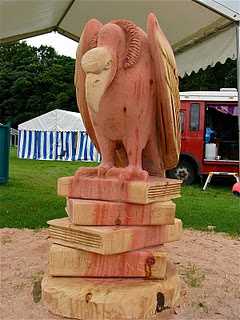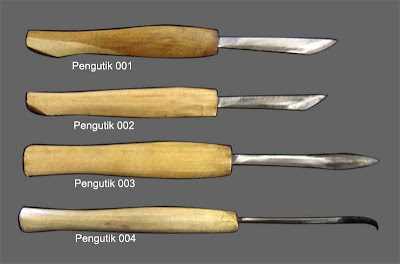Carving is basically an act of using tools to shape something from a material by scraping away portions of that material. This technique is mostly applied to any material that is solid enough to hold a form even when pieces have been removed from it, and yet soft enough for portions to be scraped away with available tools. Carving, as a means for making sculpture, is distinct from methods using soft and malleable materials like clay, fruit, and melted glass, which may be shaped into the desired forms while soft and then harden into that form.

Wooden carving or the wood carving, as it is called, is basically an art form practiced all over the world. It is one of the oldest arts of humankind. Wooden spears from the Middle ages of development of humankind show that people have engaged in utilitarian woodwork for millennia. In fact, the beginnings of the craft go so far back that wherever timber is present, the use of wood exists as a universal in human culture as both a means to create or enhance technology and as a medium for artistry. Not only this, wood carving is also present in architecture.

Figure-work seems to have been universal. To carve a figure/design in wood may be not only more difficult but also less satisfactory than sculpting with marble because of wood’s tendency to crack, to be damaged by insects, or to suffer from changes in the atmosphere. The texture of the material, too, often proves challenging to the expression of features, especially in the classic type of youthful face.
The North American Indian carves his wooden fish-hook or his pipe stem just as the Polynesian works patterns on his paddle. While the native of Guyana decorates his cavassa grater with a well-conceived scheme of incised scrolls, the native of Loango Bay distorts his spoon with a design of figures standing up in full relief carrying a hammock.
On the other hand, magnificent examples exist of the more rugged features of age: the beetling brows, the furrows and lines neutralizing the defects of the grain of the wood. In ancient work the surface may not have been of such consequence, for figures as a rule being painted for protection and especially color.